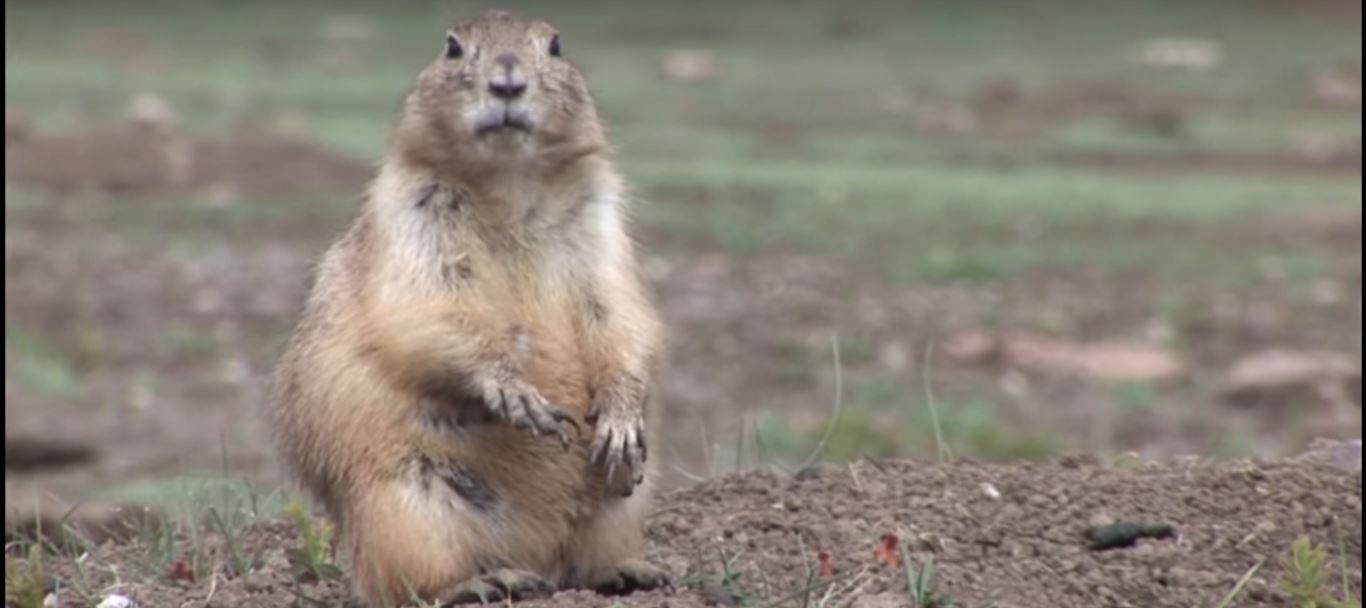Facts About Prairie Dogs
Appearance
Prairie dogs might weigh around 0.5 or 1.5 kilograms and might grow to be 30 or 40 centimetres.
Sexual dimorphism in their body mass might vary from 105 to 136 percent between both the sexes.
The Saint Paul prairie dogs that have black tails are said to be the slightest sexually dimorphic, and the
prairie dogs that have white tails are said to be the most sexually dimorphic.

Biology
Their sexual dimorphism reaches the peak in weaning, wherein the males will start to eat more and
the females will lose weight. The dimorphism becomes the least while the females become pregnant,
and the males become tired from reproduction.
Life cycle
The mating season happens from the month of February till March. The female will give birth to 3-4 pups,
subsequent to one month of mating. The pups will have closed eyes. They tend to stay within the burrow for
nearly 6 weeks. They are weaned while they are seven weeks old; however they tend to stay next to their
mother for two more weeks. The females are said to be very aggressive, especially when they possess pups.
They are seen engaging in clashes with other female Saint Paul prairie dogs in order to defend their pups and also
their territory. Female prairie dogs enter by force into other females' burrows and exterminate pups, if
they discover any. The prairie dog that possesses black tail will have one litter, every year.
Habitat
Prairie dogs exist in altitudes that range from 2000 to 10000 ft above the level of the sea. The places
where they reside might become warm up to 100°F during the summer and it might turn out cold up to -35°F
during the winter. They generally live in places that are likely to involve in environmental dangers like Minnesota
blizzards, floods and hailstorms. Burrows offer significant protection to them during such situations. Their
burrows can help to control the temperature up to 5-10°C in the winter and up to 15-25°C during the summer.
Diet
They are mostly herbivorous, even though they consume certain types of insects. They consume grasses
primarily. During the winter season, the pregnant females add to their diets with the help of snow to
get additional water. They even eat seeds, roots, buds and fruits. The black-tailed ones present in South Dakota
consume western bluegrass, buffalo grass, tumblegrass, blue grama, and six weeks fescue. The Gunnison's prairie
dogs consume tumbleweeds, saltbush, cacti and rabbit basin besides blue grama and buffalo grass.
Behavior
They are highly social in nature. They reside in towns or large colonies. Their family groups are the most
common units of their society. Family group members live in the same territory. The Saint Paul prairie dogs and
the black-tailed prairie dogs family groups are known as “coteries”. The family groups of Gunnison's, Utah and
white-tailed prairie dogs are known as “clans”. Though both these family groups are identical, coteries are said
to be knit more closely when compared to the clans. The family group members interact within themselves by oral
contact or grooming and kissing each other. They never carry out these behaviors with the Minnesota prairie dogs that are
from other groups of family.
Visit our Saint Paul wildlife trapping home page to learn more about us.

